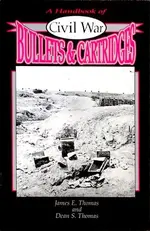High Plains Digger
Bronze Member
A couple of "oddball" bullets
Before all the fun finds from the weekend come in, I was hoping I could get a little detail on several bullets. I have 3 sharps, a "normal" one, one with only one ring that looks like the Richmond Labs sharps. Then a sharps with a very large cone in the cavity. Also included is what I think is a "swaged" bullet, but I don't know for sure.
Then I have a star in the cavity of a 3-ringer (or groover as the case may be):
And finally, an apparent 3-ringer .58 with a zinc plate in it that is obviously too small, and a small version, what may be a .54 Williams III. The size of this one seems to match the size of the zinc plate in the .58.
Any information is appreciated. I don't know if I have some unusual varieties or some run-of-the-mill varieties.
Before all the fun finds from the weekend come in, I was hoping I could get a little detail on several bullets. I have 3 sharps, a "normal" one, one with only one ring that looks like the Richmond Labs sharps. Then a sharps with a very large cone in the cavity. Also included is what I think is a "swaged" bullet, but I don't know for sure.
Then I have a star in the cavity of a 3-ringer (or groover as the case may be):
And finally, an apparent 3-ringer .58 with a zinc plate in it that is obviously too small, and a small version, what may be a .54 Williams III. The size of this one seems to match the size of the zinc plate in the .58.
Any information is appreciated. I don't know if I have some unusual varieties or some run-of-the-mill varieties.



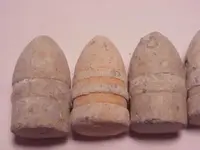

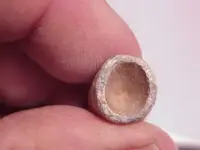
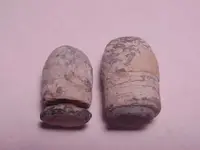
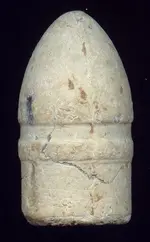
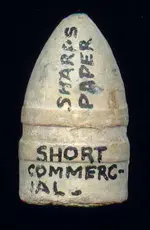
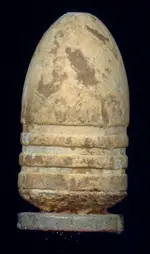
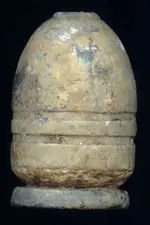
 y impressed
y impressed